
Khait Parvat, nestled in the serene landscapes of Uttarakhand, is not just known for its breathtaking natural beauty but also for the mysterious tales that surround it. Locals often whisper about unexplained disappearances of cattle and strange lights flickering on moonless nights atop the mountain. Some say these lights are spirits guarding the mountain, while others believe they are signs of hidden treasures buried centuries ago. The thick fog that frequently engulfs the peak adds to the eerie atmosphere, making it a favorite spot for mystery seekers and storytellers alike.
The mountain is also linked to ancient folklore that speaks of a forgotten civilization that once thrived here. According to legend, an entire village vanished overnight under mysterious circumstances, leaving behind only faint stone structures hidden deep in the forested slopes. Trekkers have reported hearing distant drum beats and chants, especially during the late hours, even though no human settlements exist nearby.
Adventure enthusiasts and thrill seekers often hike to Khait Parvat not just for its scenic views, but in search of these strange phenomena. The winding trails through dense pine and oak forests feel almost enchanted, and the shifting shadows play tricks on the eyes. Many say the mountain has a magnetic pull that keeps calling visitors back, as if it hides answers to unsolved riddles.
Best time to visit: March to June and September to November
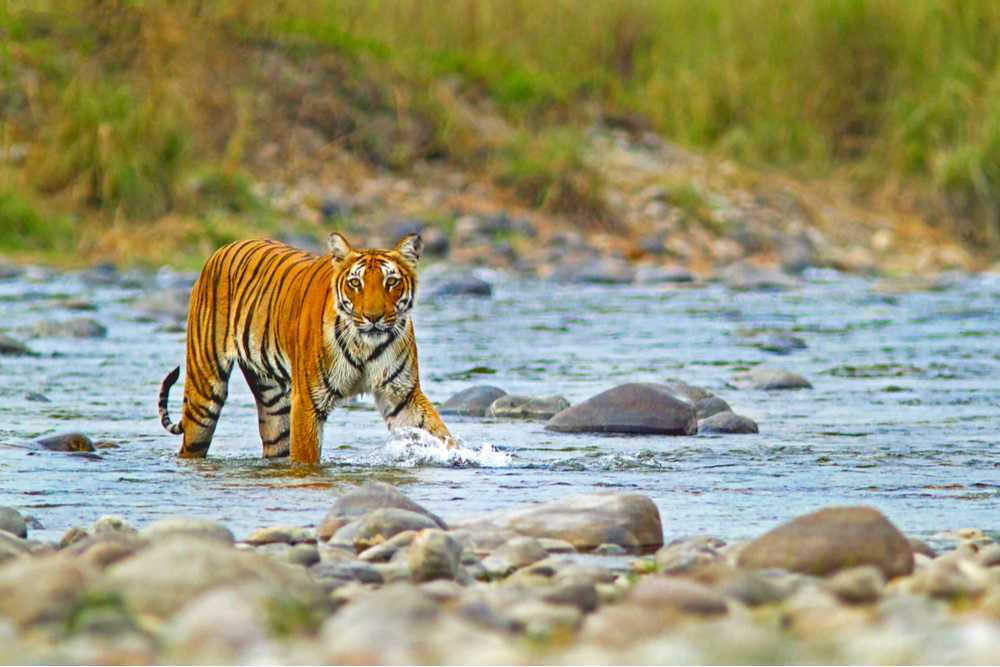
Jim Corbett National Park, located in Uttarakhand, is India’s oldest national park and a haven for wildlife enthusiasts. Established in 1936, it was initially known as Hailey National Park and later renamed in honor of the legendary hunter-turned-conservationist, Jim Corbett. Spread over a vast expanse of lush forests, grasslands, and riverine habitats, the park is home to the majestic Bengal tiger, making it one of the most sought-after destinations for tiger sightings in the country. Its diverse landscape also supports leopards, elephants, gharials, and over 600 species of birds.
The park is divided into several zones, including Dhikala, Bijrani, Jhirna, Dhela, and Durga Devi, each offering unique experiences. Dhikala is famous for its panoramic views of the grasslands and high chances of spotting tigers, while Bijrani is known for its scenic beauty and rich wildlife variety. Jhirna and Dhela remain open throughout the year, attracting bird watchers and those eager for a quieter safari experience. The Ramganga River flowing through the park adds a picturesque charm, serving as a lifeline for its diverse flora and fauna.
Jim Corbett is not only about wildlife; it’s also a paradise for nature lovers and adventure seekers. Visitors can enjoy jeep safaris, elephant rides, nature walks, and even overnight stays inside the park’s forest lodges. The mesmerizing sunrise over the grasslands and the calls of the wild in the quiet of dawn create unforgettable memories. The park’s eco-tourism model ensures that conservation remains a top priority while offering enriching experiences to travelers.
Best time to visit: November to February
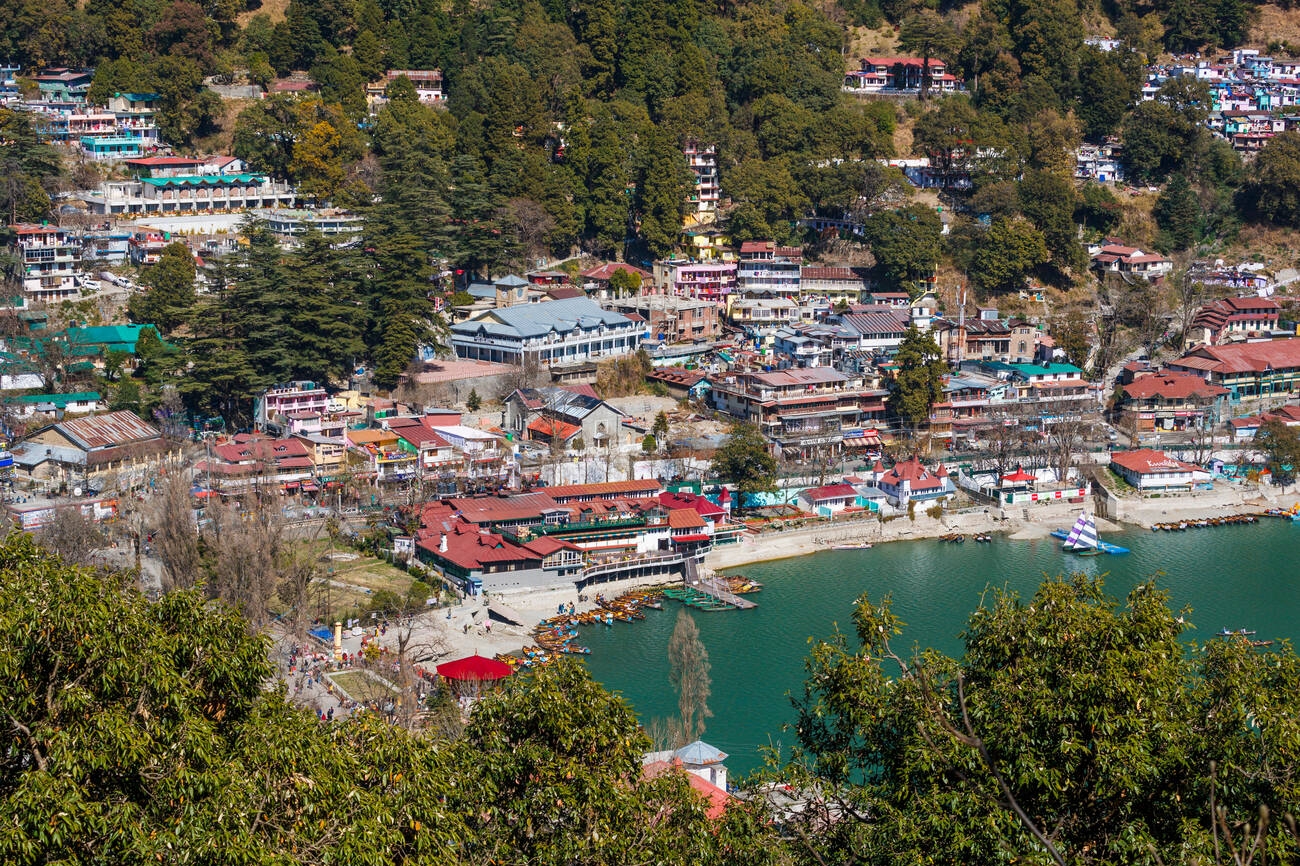
Nainital, often referred to as the “Lake District of India,” is a charming hill station nestled in the Kumaon region of Uttarakhand. Surrounded by lush green hills, the town is centered around the beautiful pear-shaped Naini Lake, which offers opportunities for boating, yachting, and peaceful lakeside strolls. The town’s pleasant climate and scenic beauty have made it a favorite summer retreat since the British colonial era.
Beyond the lake, Nainital is dotted with attractions such as the Naina Devi Temple, Tiffin Top, Snow View Point, and the Eco Cave Gardens. Mall Road, running along the lake, is lined with shops, cafes, and restaurants where visitors can enjoy local delicacies and shop for souvenirs. The Ropeway ride to Snow View Point offers panoramic vistas of the surrounding mountains, including glimpses of the distant snow-capped Himalayas.
Nature lovers will find plenty to explore around Nainital, with nearby lakes like Bhimtal, Sattal, and Naukuchiatal providing peaceful escapes from the busier town center. Trekking and hiking trails, such as the one leading to China Peak (Naina Peak), offer adventure and breathtaking views. The blend of serene landscapes and vibrant local life makes Nainital a versatile destination for families, couples, and solo travelers alike.
In addition to natural beauty, Nainital is rich in history and culture, with colonial-era architecture and institutions like the Governor’s House and St. John in the Wilderness Church adding a distinct charm. The town comes alive during festivals and fairs, reflecting the colorful Kumaoni heritage. Whether you are seeking a romantic getaway, a family vacation, or an adventure in the mountains, Nainital promises a memorable experience.
Best time to visit: March to June or October to February
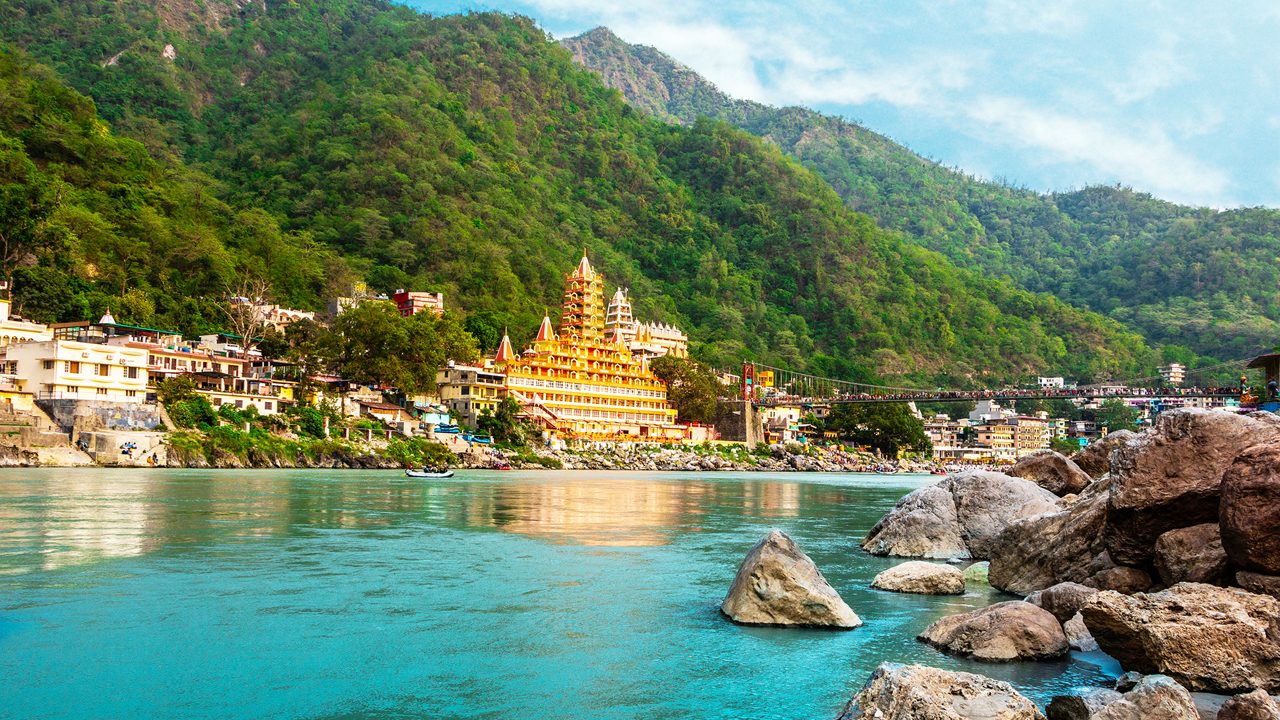
Rishikesh, known as the “Yoga Capital of the World,” is a spiritual and adventure hub located on the banks of the holy Ganga River in Uttarakhand. Surrounded by the majestic Himalayas, it attracts seekers from across the globe for yoga, meditation, and spiritual awakening. The town is dotted with ashrams, temples, and ghats, where the evening Ganga Aarti at Triveni Ghat offers a mesmerizing spiritual experience.
Apart from its religious and cultural significance, Rishikesh is also famous for its iconic suspension bridges — Laxman Jhula and Ram Jhula — which connect the town’s vibrant neighborhoods. Walking across these bridges offers picturesque views of the river and surrounding hills. The calm and serene environment makes it a perfect destination for rejuvenation and introspection.
For adventure lovers, Rishikesh is a paradise offering activities like white-water rafting, bungee jumping, cliff jumping, and trekking. The nearby Rajaji National Park is home to diverse wildlife, making it an exciting detour for nature enthusiasts. In recent years, Rishikesh has also become a hotspot for wellness retreats and Ayurvedic therapies.
Best time to visit: February to mid-May and September to November
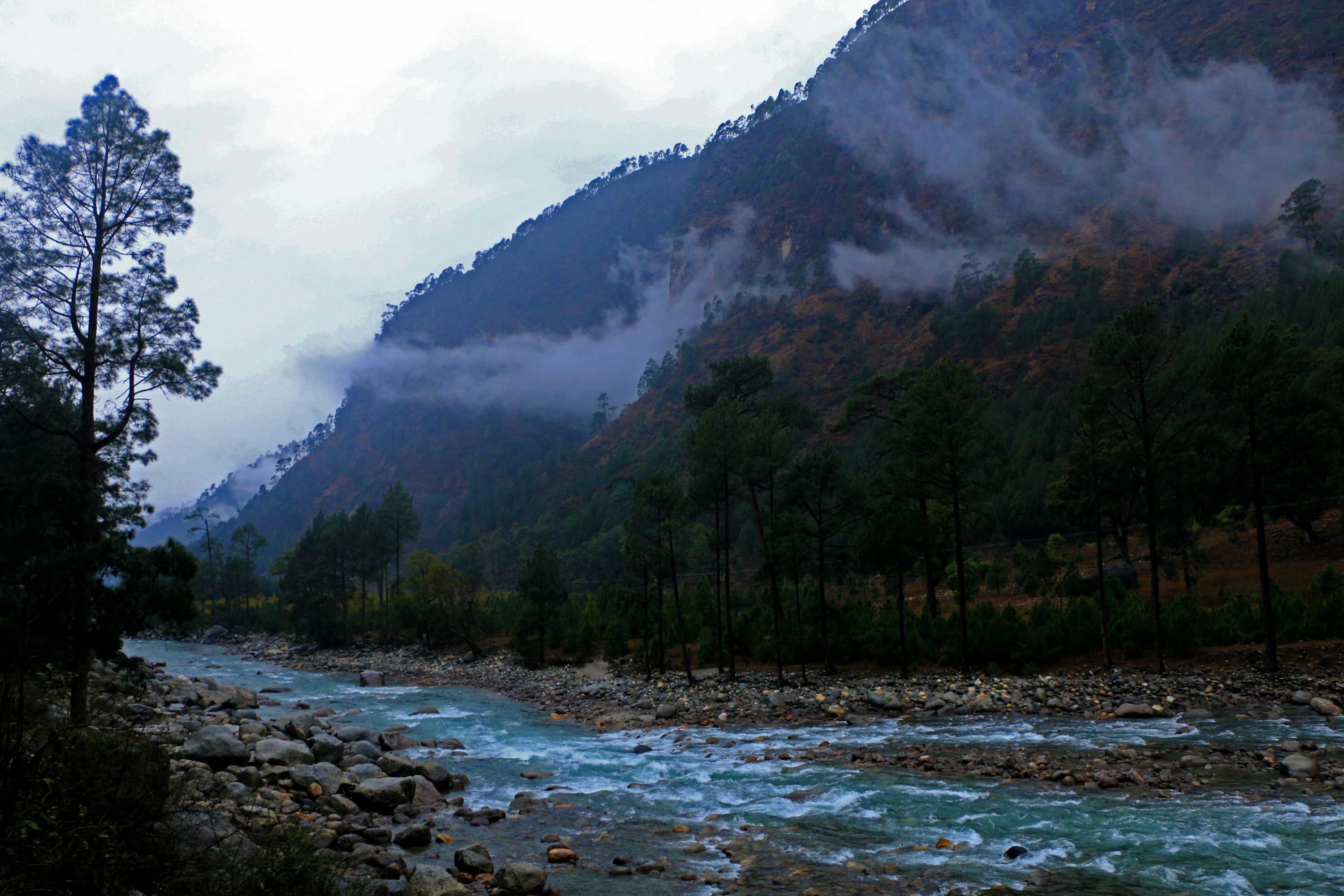
Dehradun, the capital city of Uttarakhand, is a charming blend of natural beauty, colonial heritage, and modern vibrancy. Nestled in the Doon Valley between the Ganga and Yamuna rivers, it serves as the gateway to several hill stations and pilgrimage sites. Known for its pleasant climate, lush greenery, and scenic surroundings, Dehradun is a year-round favorite for travelers seeking a peaceful yet lively atmosphere
The city boasts renowned educational institutions like the Forest Research Institute, Doon School, and Indian Military Academy, adding to its cultural and academic significance. Architectural marvels such as the Clock Tower and the Mindrolling Monastery reflect the city’s historical and spiritual side. Dehradun’s bustling Paltan Bazaar is a shopper’s delight, offering everything from handicrafts to delicious local snacks.
Nature lovers will find plenty to explore, from the serene Robber’s Cave and the enchanting Sahastradhara to the fragrant tea gardens and nearby hill trails. The city’s proximity to Mussoorie, Rishikesh, and Haridwar makes it an ideal base for exploring Uttarakhand’s diverse attractions. The surrounding hills also offer excellent opportunities for trekking and nature walks.
Dehradun’s charm lies in its ability to cater to both relaxed travelers and adventure seekers. Whether you are here for a quick getaway, a deeper cultural experience, or as a stopover for the mountains, the city’s warmth and scenic beauty will leave a lasting impression.
Best time to visit: March to June and September to November
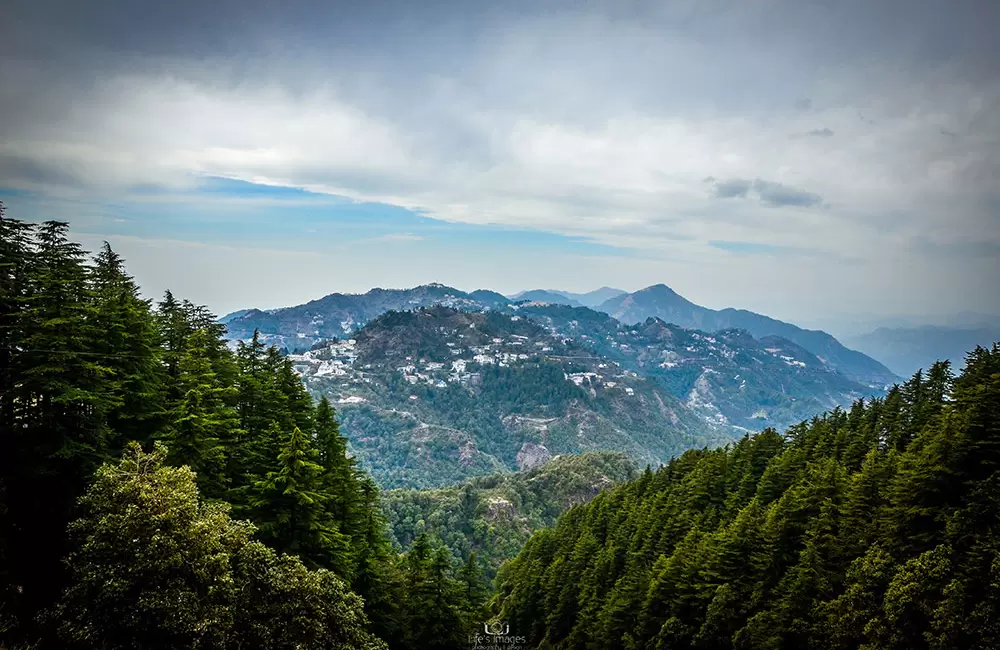
Mussoorie, often called the Queen of the Hills, is one of the most popular hill stations in Uttarakhand, offering breathtaking views of the Doon Valley and the snow-clad Himalayan ranges. Perched at an altitude of about 6,170 feet, it is known for its cool climate, charming colonial architecture, and lush green hills. The town’s serene atmosphere and scenic beauty have been attracting travelers since the British era.
The Mall Road, lined with shops, cafes, and old-world buildings, serves as the heart of Mussoorie’s social life. Camel’s Back Road offers tranquil walks with panoramic views, while Gun Hill, the second-highest point in the town, provides stunning vistas of the surrounding peaks. Kempty Falls, a cascading waterfall set amidst green hills, is a must-visit for nature lovers and families.
Beyond the main attractions, Mussoorie has several hidden gems like Lal Tibba, the highest point offering spectacular sunrise and sunset views, and Company Garden, a colorful botanical haven. The nearby Cloud’s End marks the geographical boundary of the town and is a perfect spot for solitude and birdwatching.
Mussoorie is not just about sightseeing—it’s an experience of misty mornings, breezy evenings, and starry nights. Whether you’re strolling through the bustling streets, enjoying a hot cup of tea by the window, or exploring the surrounding hills, this hill station never fails to create magical memories.
Best time to visit: March to June and September to November
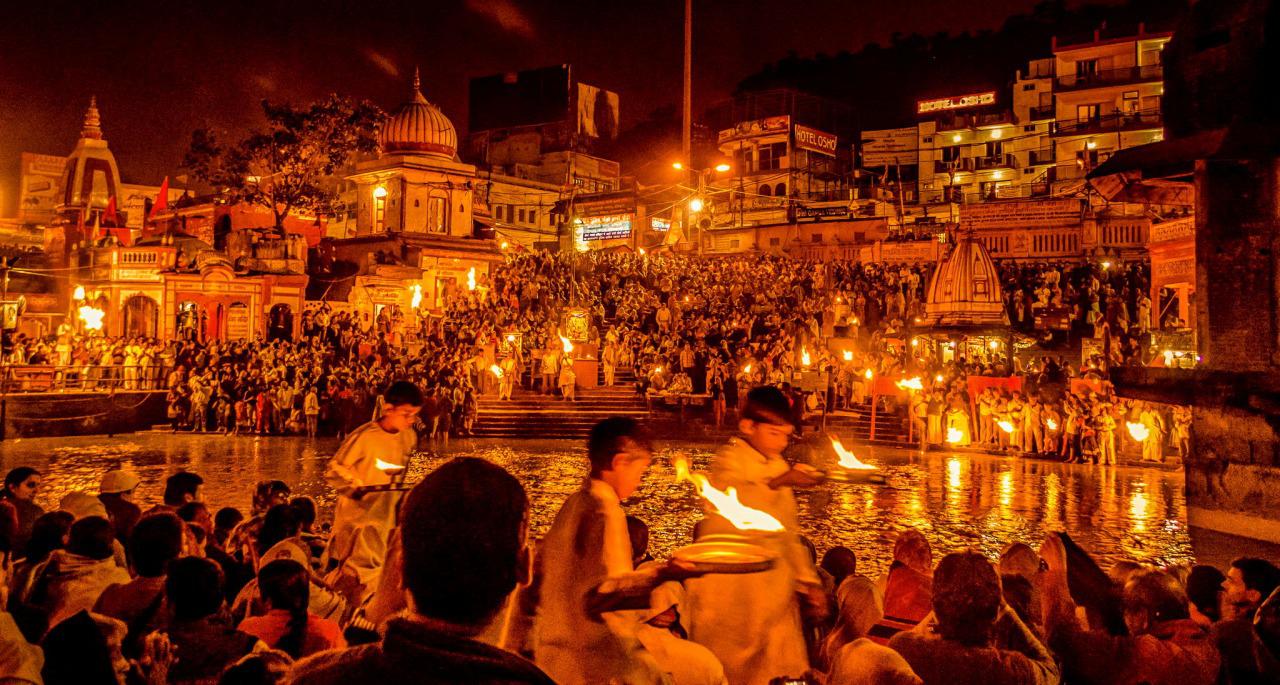
Haridwar, one of the holiest cities in India, is a revered pilgrimage site in Uttarakhand where the sacred River Ganga enters the plains from the Himalayas. Known as the “Gateway to the Gods,” it holds immense religious significance for Hindus and attracts millions of devotees seeking spiritual cleansing. The city is dotted with ancient temples, ghats, and ashrams, creating an atmosphere steeped in devotion and tradition.
The iconic Har Ki Pauri ghat is the heart of Haridwar, where the evening Ganga Aarti is a mesmerizing spectacle of lamps, chants, and spiritual fervor. Devotees gather here to take a holy dip, believed to wash away sins and purify the soul. The city also plays a central role in the Kumbh Mela, one of the largest religious gatherings in the world, held once every twelve years.
Beyond its spiritual side, Haridwar is a hub for yoga and meditation, with numerous ashrams offering retreats for inner peace. The bustling markets near the ghats are filled with handicrafts, spiritual items, and local delicacies like kachoris and jalebis. The nearby Chandi Devi and Mansa Devi temples, perched atop hills, can be reached via cable cars, offering both blessings and panoramic views.
Best time to visit: October to March
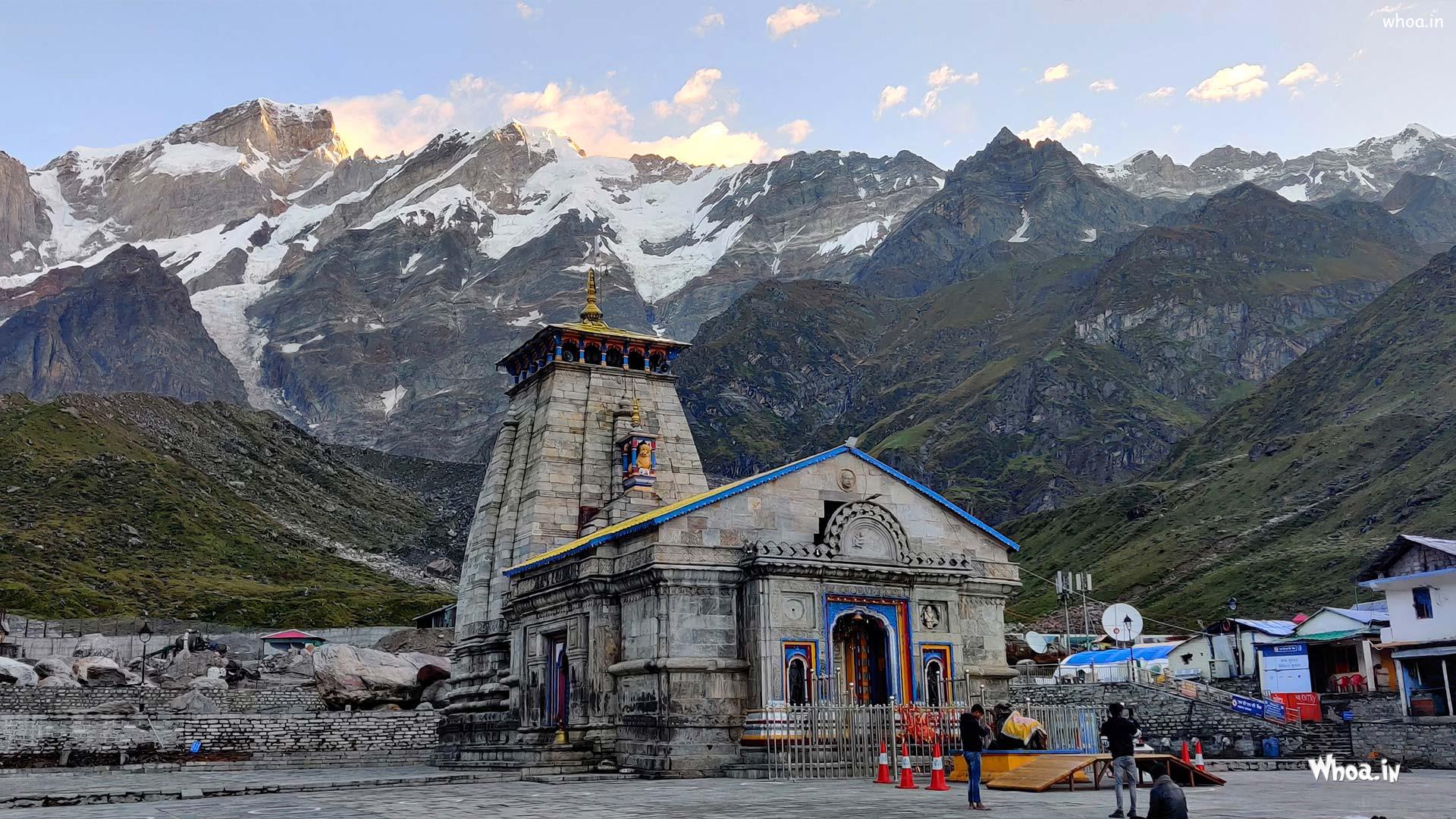
Kedarnath, nestled high in the Garhwal Himalayas of Uttarakhand, is one of the most sacred pilgrimage sites in India and a key part of the Char Dham Yatra. Located at an altitude of 3,583 meters, it is home to the revered Kedarnath Temple, dedicated to Lord Shiva. Surrounded by snow-capped peaks and the Mandakini River flowing nearby, the town offers an awe-inspiring spiritual and natural setting.
The Kedarnath Temple, believed to have been built by the Pandavas and later restored by Adi Shankaracharya, stands as a symbol of devotion and resilience. Despite its remote location and harsh conditions, thousands of devotees undertake the challenging trek or helicopter ride every year to seek blessings. The stone structure, with its intricate carvings, holds deep mythological and cultural significance.
Kedarnath is also a haven for nature lovers and trekkers. The journey to the temple passes through scenic trails filled with alpine forests, waterfalls, and breathtaking views of the Himalayas. Nearby attractions like Vasuki Tal and Chorabari Tal add to the region’s charm, making it more than just a religious destination.
Best time to visit: May to June and September to Octobe
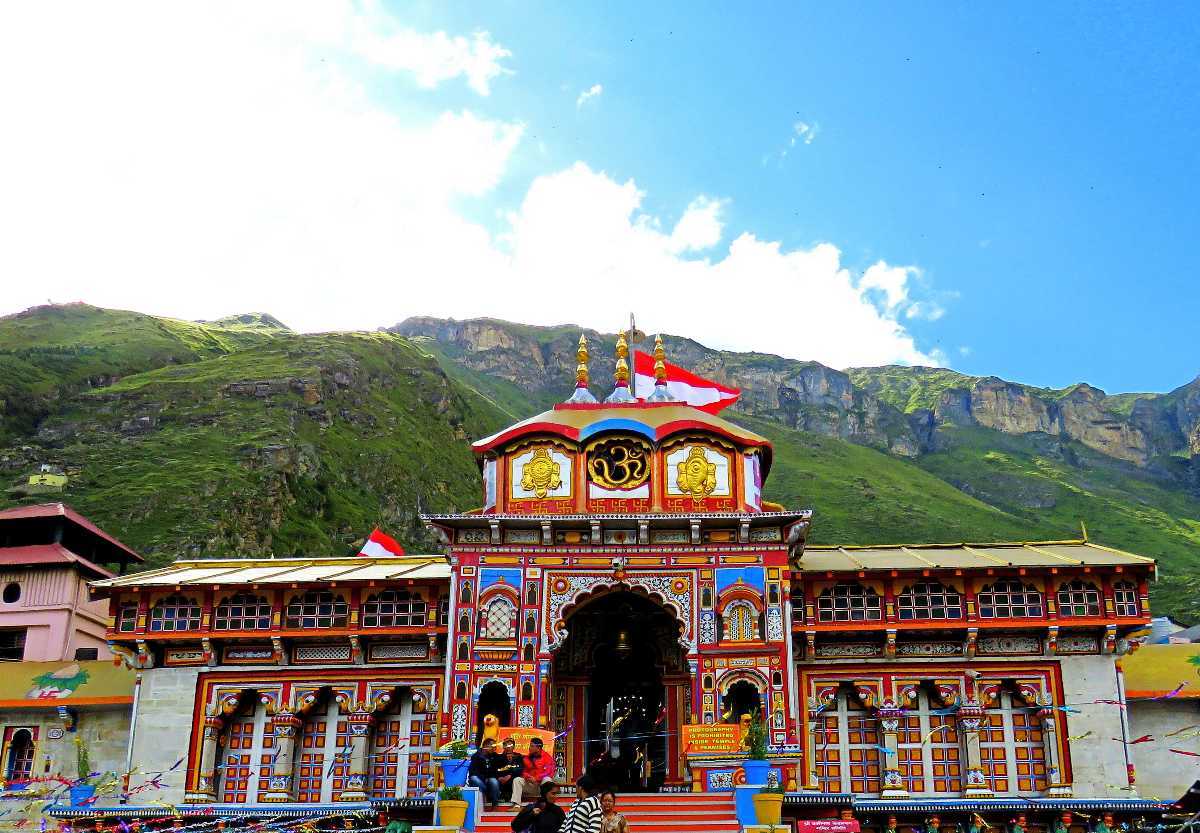
Badrinath, nestled in the Chamoli district of Uttarakhand, is one of the most revered pilgrimage sites in India and forms part of the Char Dham Yatra. Situated at an altitude of 3,133 meters, the town is surrounded by the majestic Nar and Narayan mountain ranges, with the Alaknanda River flowing gracefully by its side. The centerpiece is the Badrinath Temple, dedicated to Lord Vishnu, which stands as an architectural marvel against a backdrop of snow-clad peaks.
The history and mythology of Badrinath are deeply intertwined with Hindu beliefs. According to legends, Lord Vishnu meditated here, while his consort, Goddess Lakshmi, assumed the form of a Badri tree to protect him from harsh weather. This sacred association makes Badrinath a spiritual magnet for devotees from across the globe.
The town is not just about religious significance; it is also blessed with natural beauty. Visitors can explore nearby attractions like Tapt Kund, a natural hot water spring, and Mana Village, the last inhabited village near the Indo-Tibetan border. The serene surroundings and crisp mountain air create a meditative ambiance, making it equally appealing to spiritual seekers and nature lovers.
Visiting Badrinath is a journey that blends devotion, culture, and breathtaking Himalayan landscapes. Whether you come for worship or to experience the tranquility of the high mountains, Badrinath leaves a lasting impression on the heart.
Best time to visit: May to June and September to October
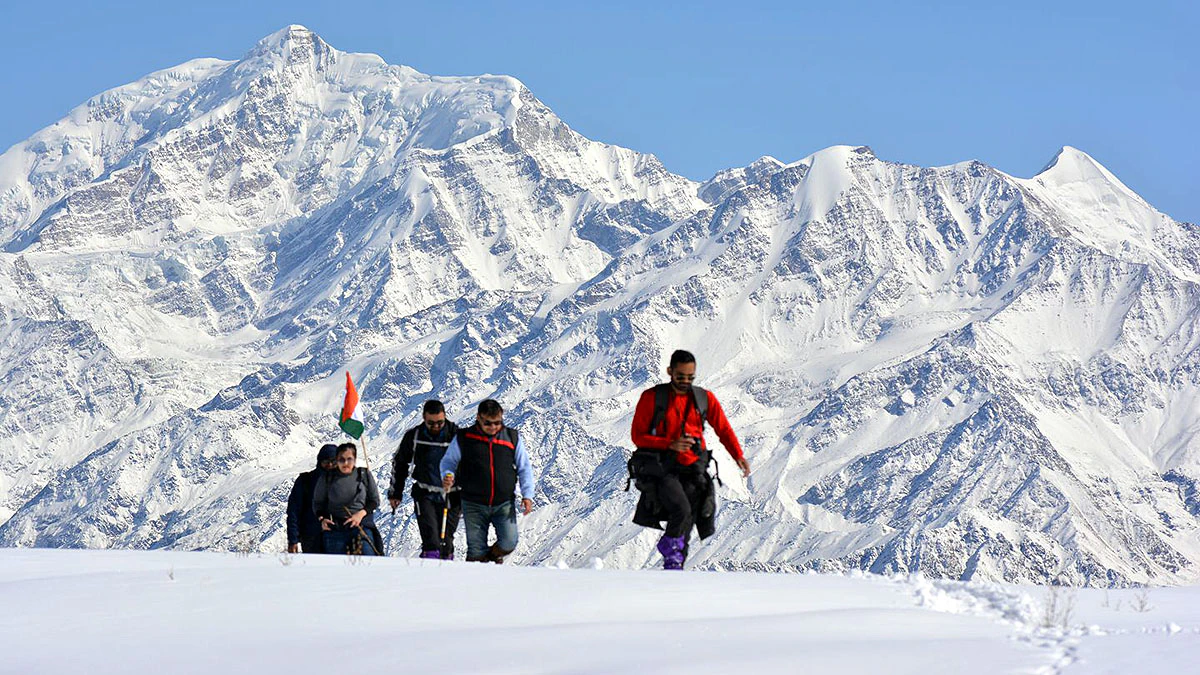
Draupadi Ka Danda, located in the Uttarkashi district of Uttarakhand, is a majestic twin peak that holds both mythological significance and trekking appeal. Standing at an elevation of around 5,600 meters, it is part of the Garhwal Himalayas and offers stunning panoramic views of snow-clad peaks and lush valleys. The area is known for its pristine beauty and serene environment, making it a sought-after destination for adventure enthusiasts and spiritual seekers alike.
According to legend, Draupadi Ka Danda is linked to the epic Mahabharata. It is believed that Draupadi, the wife of the Pandavas, took her final journey towards heaven from this region during the Mahaprasthan, the Pandavas’ last pilgrimage. This connection infuses the place with a mystical aura, attracting those interested in mythology as well as those seeking peace and solitude.
The trek to Draupadi Ka Danda is challenging and adventurous, passing through alpine meadows, dense forests, and glacial terrains. The route offers glimpses of rich Himalayan flora and fauna, while the crisp mountain air and ever-changing landscapes make the journey rewarding for trekkers. The base camp at Gangotri National Park provides an added charm with its diverse wildlife and breathtaking scenery.
Best time to visit: May to June and September to early Octobe
